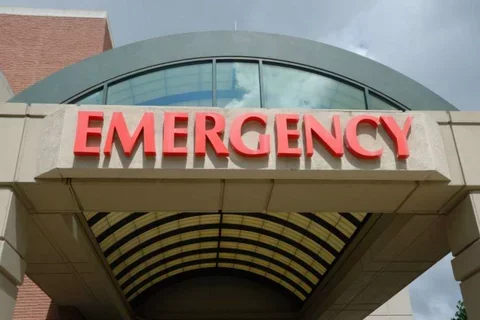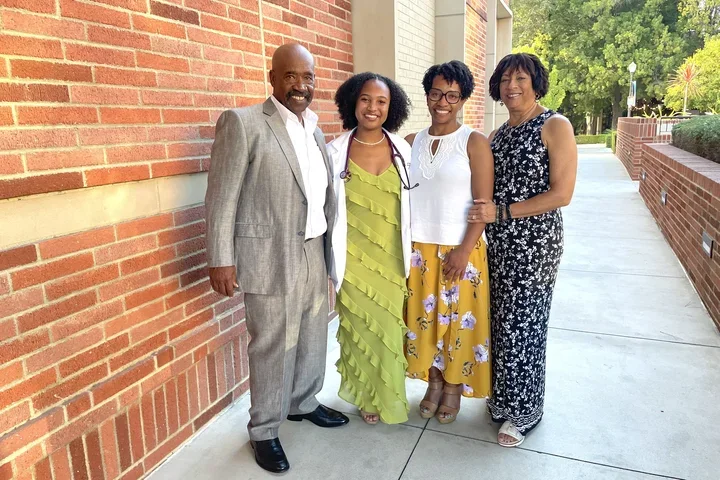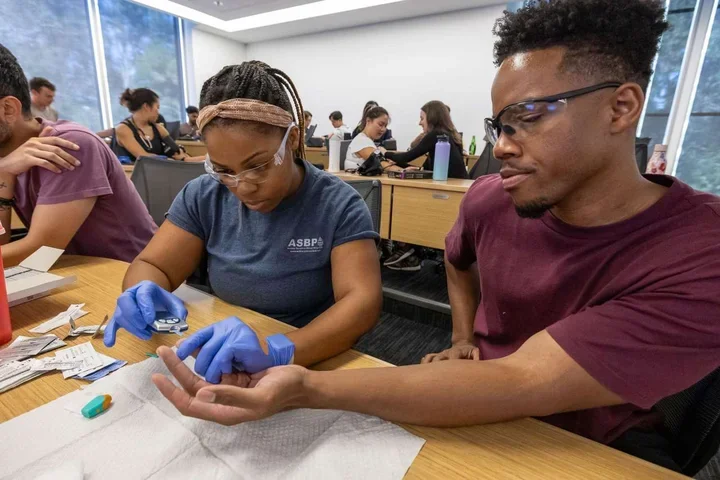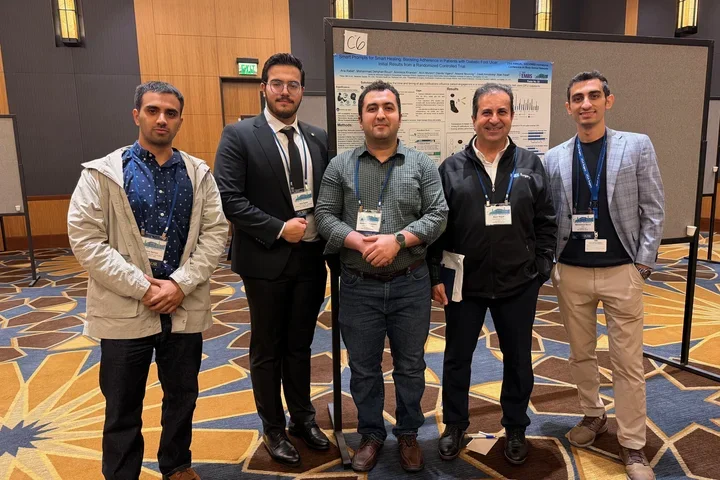Telehealth follow-up associated with increased returns and hospitalizations after emergency department visit

Telehealth follow-up consultations following an emergency department visit were associated with 28 more repeat ED encounters and nearly 11 more return hospital admissions per 1000 patients compared with in-person follow-ups, UCLA research suggests.
The findings, published in the peer-reviewed JAMA Network Open, held true even when the researchers controlled for the seriousness of patients’ conditions, co-morbidities, and sociodemographic factors.
One of the first studies to link telemedicine with these negative outcomes, these findings come out just when policymakers and payors are in active discussions about whether and in what situations telemedicine should continue to be reimbursed.
Though showing a jump in emergency department returns and hospitalizations after telemedicine consultations, the findings are no reason to completely abandon the use of telehealth for health care follow-ups, said Dr. Vivek Shah, resident physician in the department of emergency medicine at Harbor-UCLA Medical Center and the study’s lead author.
“It’s just that in the current context, telehealth may not be appropriate for all ED follow-up care,” said Shah, who conducted the research as a student at the David Geffen School of Medicine at UCLA. “Other groups have shown the benefits of telehealth in specific scenarios with clear care plans, such as chronic obstructive pulmonary disease, heart failure, or diabetes management. But the scenario of an ED follow-up is different in that patients may be seen for a myriad of acute conditions, rather than chronic conditions that their primary care physician knows well or has been managing for many years.”
Typically, most patients are expected to have an in-person follow-up with their primary care physician about one to two weeks after an emergency department visit, Shah said. In the wake of the COVID pandemic, however, these consultations began to be held largely via phone or video and eventually rose to about 30% of all ED follow-up appointments.
The researchers examined data from April 1, 2020 to Sept. 30, 2021 at two UCLA Health hospital emergency departments. They evaluated 12,848 patients with 16,987 emergency department encounters – the difference in numbers is due to some patients having been seen more than once. Of those encounters, 11,818 led to in-person follow-ups and 5,169 were by telehealth.
They found that overall, 2,802 (16.49%) of the initial emergency department encounters led to returns to the department and 676 (about 3.8%) led to hospitalizations within 30 days. Breaking it down by in-person versus telehealth follow-up consultations, they found that 1,865 (16%) of in-person follow-ups led to emergency department return visits and 438 (3.7%) resulted in hospitalizations. For telehealth post-discharge follow-ups those numbers were 938 (18%) and 238 (4.6%), respectively.
To address this, UCLA researchers have suggested one possible approach might be a telehealth triage system that takes into consideration patient complaints to determine which may or may not be appropriate for a telehealth evaluation, Shah said.
The researchers note some limitations to their results. These include the possibility of some unmeasured factors that may have influenced who received in-person and who were consulted via telehealth. Also, some data were missing from uninsured populations, and the study was conducted only at UCLA Health medical centers, so the results may not apply in other settings.
The researchers conclude, however, that their findings indicate that the “association of telehealth with increased healthcare utilization warrants further study to evaluate its appropriateness as modality for post-ED follow-up.”
Study co-authors are Chad Villaflores, Linh Chuong, Dr. Richard Leuchter, Sitaram Vangala, and Dr. Catherine Sarkisian of UCLA, and Dr. Austin Kilaru of the University of Pennsylvania.
The study was supported by the National Institute on Aging (1K24AG047899-06), the UCLA Clinical and Translational Science Institute from NCATS (UL1TR001881-06), the Agency for Healthcare Research and Quality (5K12HS026372-04), the Gates Millennium Scholars Program, and the National Heart, Lung, and Blood Institute (5R38HL143614-03).
Original Article: "Telehealth follow-up associated with increased returns and hospitalizations after emergency department visit"



